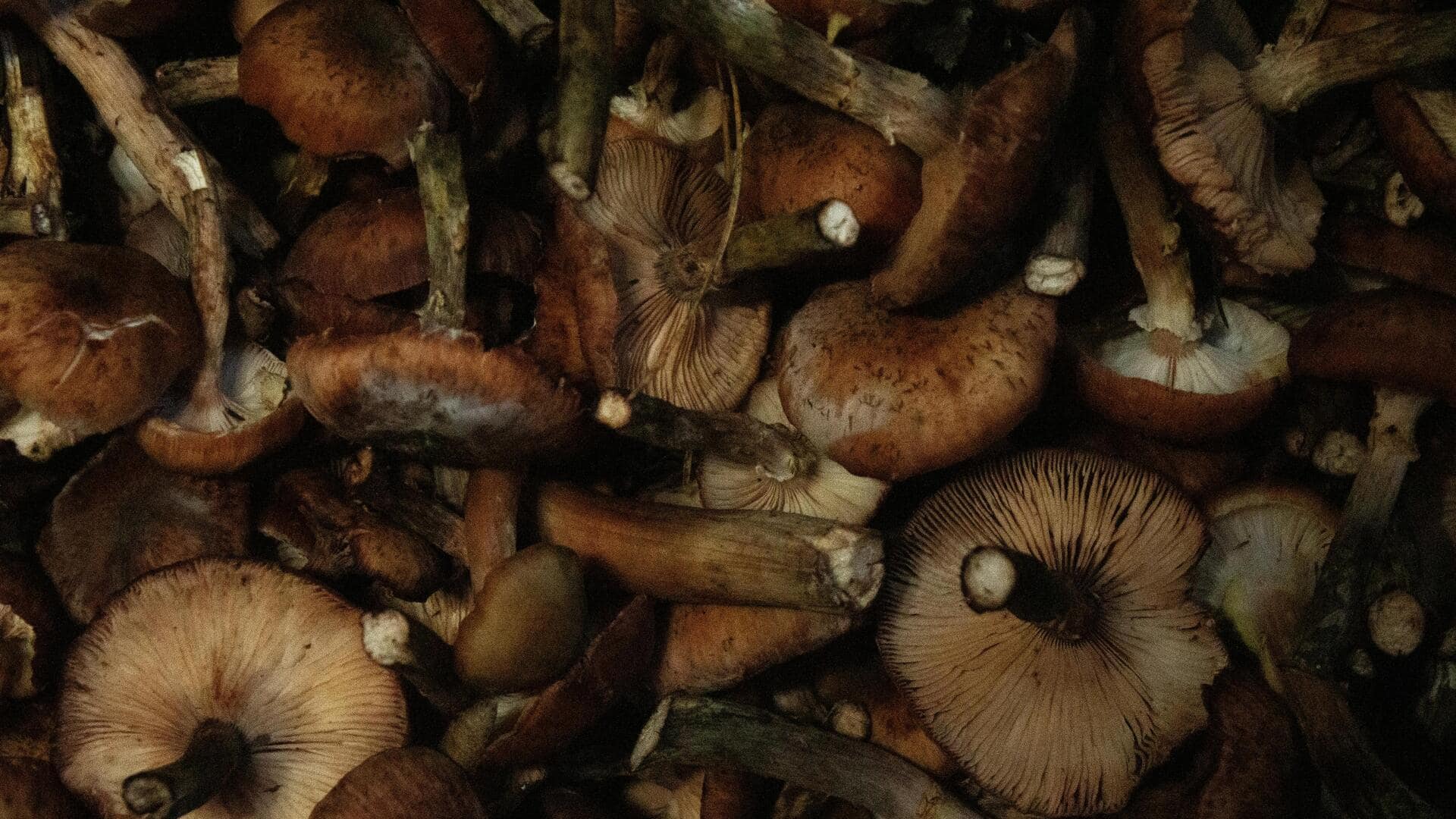
Taro stems are the superfood you need to know about
What's the story
Often overlooked, taro stems are a versatile ingredient used in various global cuisines. The stems of the taro plant, which are usually discarded, can be used to add texture and flavor to a range of dishes. Rich in nutrients and fiber, taro stems can be a healthy addition to your diet. Here's how different cultures use taro stems in their cooking.
Asian influence
Taro stems in Asian cuisine
In many Asian countries, taro stems are a popular ingredient in soups and stews. In Vietnam, for instance, they are used in a traditional dish called canh khoai mo. The fibrous texture of the stem adds a unique mouthfeel to the soup. In Thailand, taro stems are often stir-fried with vegetables and spices for a flavorful side dish.
Health benefits
Nutritional benefits of taro stems
Taro stems are packed with essential nutrients such as vitamins A and C, calcium, and iron. They also provide dietary fiber that promotes digestion and helps maintain a healthy weight. Adding taro stems to your diet can help you meet your daily nutritional requirements while adding variety to your meals.
Preparation tips
Preparing taro stems for cooking
Before cooking with taro stems, it's important to prepare them properly. Start by peeling off the outer layer of the stem to remove any tough fibers. Then, slice the stem into thin pieces or cubes depending on your recipe. Boiling or steaming the pieces before adding them to dishes can help soften their texture further.
Recipe ideas
Incorporating taro stems into recipes
Taro stems can be incorporated into various recipes beyond traditional Asian dishes. Try adding them into vegetable stir-fries or mixing them into salads for an extra crunch. You could also use them as an ingredient in curries or casseroles for added depth of flavor without overpowering other ingredients.